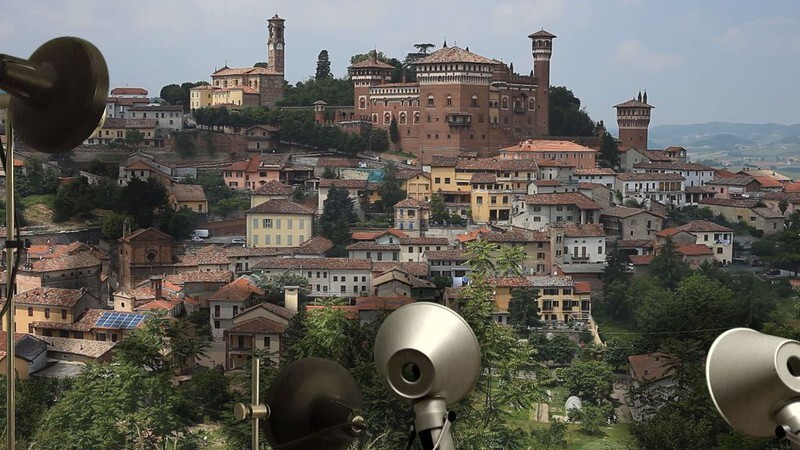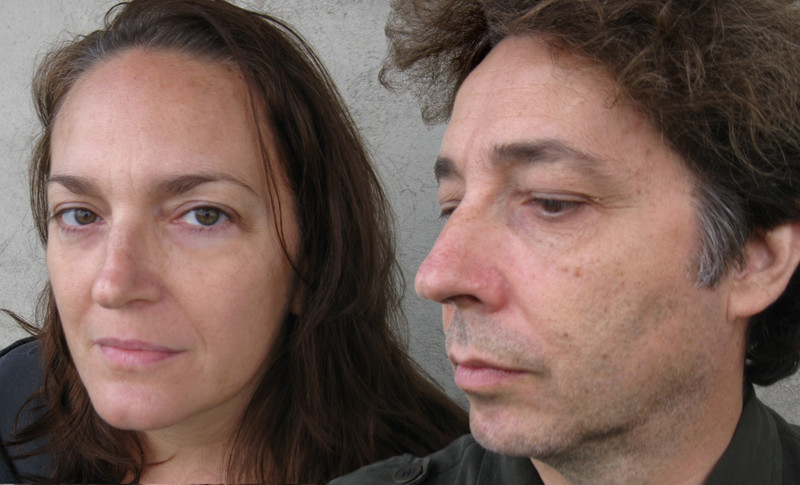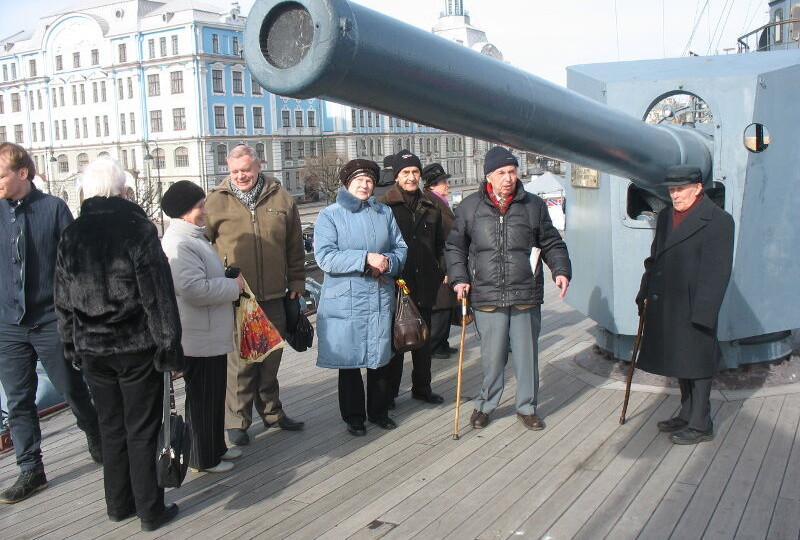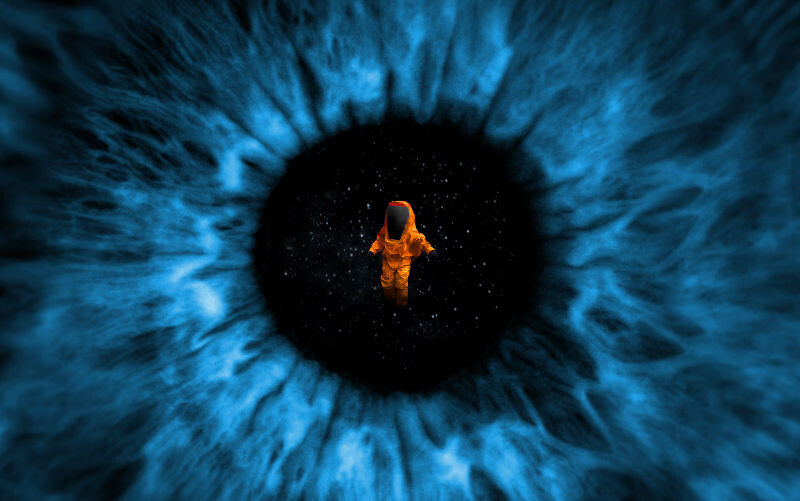The Response “For No Reason” is a Genuine Answer
Work by the artistic team Platform has already been featured at Jihlava IDFF several times, last year their piece Trento Symphonia and this year, its members came in person to present their own masterclass. Their attendance really paid off, as their piece Quantum. won the main prize in the competition section Fascinations this year. With the representatives of Flatform, we discussed the basic principles of their work, which lies in finding new opportunities of perceiving a landscape and in continued efforts focusing on redefining what we refer to as reality.
In your movies, you primarily try to redefine the traditional perception of space. What motives lead you towards this approach?
The landscape could be considered a central theme of our work. We do not see it as a static picture, which could only be understood as a concentrated view, but as a dynamic network of relationships between disparate elements. In our work, we destruct the image of the landscape down to a number of elements which we put into unusual combinations and thus create a new type of landscape. Different video, audio and time layers can then communicate with each other on the same plane. But we cannot say that we are discovering some kind of a true reality – we are always on the edge of certainty and doubt. Without a doubt, we are working on redefining what can be considered real. It is a simple question that requires a very complex answer.
You often use the term "spectral landscape", why?
It originates in the physics term "spectrum", which refers to the summation of various intensities of colour or vibrations. It is also used in connection with music when we talk about sound spectrum. The way we deconstruct the landscape in our films and video installations corresponds to this significance. The landscape is really transformed into a mix of moving particles, which are differentiated and, yet, still communicate with each other.
How does your approach to landscape resonate with the concept of time that you apply in your films?
The connection can be found in the way we create collisions and tensions between different layers of time. On one hand, we have the elusive present interlinked with the past and the future, in a way which Henri Bergson and Gilles Deleuze talked about, on the other the relative time of a modern era, according to which the present is basically non-existent. Or at least one cannot determine what is true present time and what is not, because it all depends on the perspective of the observer. We are trying to implement these conflicting approaches into practice, to project them into a concrete sensory experience.
What role does the sound component play in this context, as it is very distinct in your films?
Modern European thinking still considers the eye to be the primary sensory organ, key to grasping nature, which we think is misleading. Visual perception often creates the illusion of an organic unity that prevents us from recognizing nuances. We use sound in such a manner, in which we bring chaos and disrupt an organized visual reality. The perception of space and time pluralizes and because of that it acquires previously unknown qualities. Likewise, it also works this way with a seeming silence, which allows one to discern the intense whisper of nature, of which Vladimir Jankélévitch spoke. Synesthetic perception simultaneously introduces physicality into the mix: for example, in the film Sunday, April 6, 11:42 (2008) we destroy the central perspective regarding to the multiplicity of views, which are anchored in physicality and allow for active audience participation.
In your films, there is constant interaction between the visual and auditory level. Do you try to integrate these components from the onset in order to achieve unified artistic expression?
I think it is important that you used the term "unity" and not "totalitarianism". I understand totalitarianism as an illusion of Western dualistic thinking that produces a hierarchy between the parts and the whole. In our projects, we aim to create unity, which, however, should not be closed or organic. Contrariwise, it should combine as many different elements as possible. This can only be achieved if we first extract the elements from the original context and we allow them to speak in their own voice. For example, in the Trento Symphonia (2014), which depicts an orchestra playing Mahler's composition in a mountainous landscape, we apply all the layers- music, physical, spatial and temporal, on the same level - none of them is superior to the other. A good example of "disjunctive synthesis" of image and sound, which we are speaking of is the video-installation A Place to Come (2011), in which the voiceover predicts what the viewer will see in the following scene - the sound and picture are asynchronous, and yet they create a uniform effect.
To redefine the perception of the landscape, classical music contributes to a lot to your projects from the aforementioned complex symphonies of Mahler to popular Puccini's Nessun Dorma popular in Quantum. (2015). According to what principles do you choose the individual composition?
The role of music differs from film to film. In the Trident Symphonia we had to use a complex song with many distinctions and the greatest number of instruments possible so that it could fuel the continual reshaping of the landscape and the orchestra. In Quantum. we opted for a well-known song, which evokes sentimental memories, and played it without sound because we wanted it to be more abstract and for it to better engage with the other elements. If something ties our approach to music together, it could be the pursuit for connecting it in the best way possible to the other visual and audio levels and it should also open new possibilities of what can be considered realistic.
From your words and texts, it is clear that you are inspired by many philosophers (Deleuze, Bergson, Foucault, Agamben and others) as well as scientists (Einstein, Uexkull, Heisenberg and others). Are there any specific concepts that directly translate into your work?
At the moment, we feel very close to the ideas of French philosopher Quentin Meillassoux. We have chosen one of his quotes as the name of our masterclass at Jihlava: the response ''for no reason” is an honest / genuine answer. This sentence perfectly defines our work: it shows the contradiction between what we consider reality and what reality might be.
|
|
The creative group Flatform was founded in 2006 and is active in Milan and Berlin. The team is dedicated to creating sophisticated experimental films and multichannel video installations, which disrupt the habitual perception of the landscape. Their works have been shown at major festivals, including the Venice Film Festival and the International Film Festival Rotterdam and exhibited in prestigious galleries. Their last film, Quantum. (2015), won the main prize in this year's competition section of Fascinations. |




